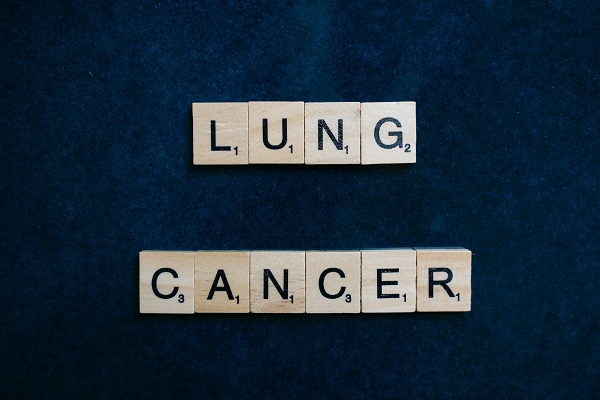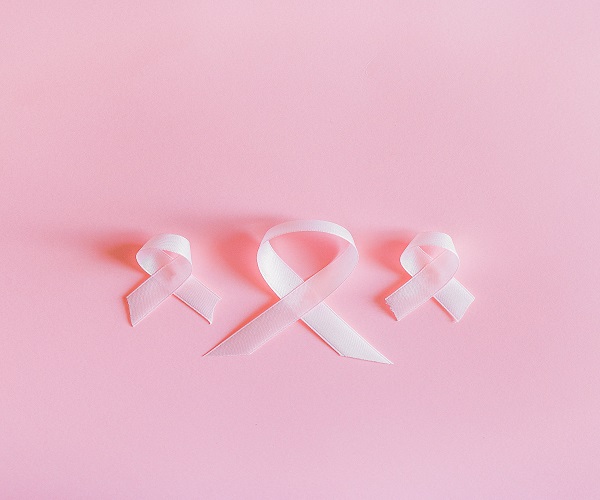Lung Cancer: An Overview

Cancer is a condition where body cells grow unchecked. When cancer growth begins in the lungs, it is called lung cancer. Any part of the lungs or airways or part of the breathing pathway may be affected. The breathing pathway includes the following:
● Windpipe (Trachea)
● Lung lining (Pleura)
● Airways to the lungs
● Lungs
Lung cancer begins in the lungs and may spread to lymph nodes or other parts of the body. Cancer from other organs may also spread to the lungs. When the spread occurs from one organ to another, it is called metastatic cancer.
Majority of lung cancers are caused by smoking. Smoking cigarettes is the single most significant risk factor for lung cancer. However, people who do not smoke may also develop lung cancer. Tobacco smoke contains substances that are known to have a carcinogenic (cancer-producing) effect. Hence, passive (second-hand) smoke is also harmful. Furthermore, everyone who smokes does not get lung cancer. Other factors also play a role. Other factors associated with lung cancer include:
● Exposure to certain chemicals in the workplace (asbestos or diesel exhaust)
● Exposure to radon gas
● Exposure to chemo-/radiotherapy for other types of cancer
● Family history of lung cancer
● Exposure to a certain type of air pollutants
Research indicates that several factors may increase the chances of getting lung cancer they are:
● Smoking
● Second-hand smoke (passive smoking)
● Exposure to radon
● Age
● Genetics
● Radiation Therapy
● Certain dietary supplements
● Exposure to certain chemicals or carcinogens at the workplace
● Air pollution
● Smoking marijuana
● History or current use of tobacco
● E-cigarettes
There are several types of lung cancer. The type of lung cancer is one of the key factors that determine your treatment options and your clinical outcome. Oncologists divide lung cancer into two main categories:
● Small cell lung cancer (SCLC): SCLC is a comparatively rare type of lung cancer. Approximately 15-20% of the patients diagnosed with lung cancer have SCLC. Smoking is the primary cause. This type of cancer spreads quite early. SCLC grows and spreads more quickly than NSCLC. However, people with SCLC respond well to treatments (chemotherapy and radiation) but are susceptible to relapse or recurrence.
It is further categorized into two main subtypes:
1. Small cell carcinoma (oat-cell cancer)
2. Combined small cell carcinoma
● Non-small cell lung cancer (NSCLC): It is the most common type of lung cancer. Approximately 80-85% of the patients diagnosed with lung cancer fall into NSCLC. NSCLC grows slower than SCLC and shows no or fewer symptoms until it has reached an advanced stage. NSCLC is further categorized into three main subtypes:
1 Adenocarcinoma: It is the most common type of lung cancer. It accounts for 30% of lung cancer cases and 40% of NSCLC type of cancer. It is commonly found in patients who are current and former smokers. It is also a highly prevalent cancer in people who do not smoke. Women and young people are more prone to develop this type of cancer.
2. Squamous cell carcinoma: It is centrally found in the lung. Approximately 30% of the cases of NSCLC belong to this type. This type of cancer is linked to smoking. It occurs in conjunction with larger bronchi and trachea of the lung or one of the primary airway branches.
3. Large cell carcinoma: It accounts for 10-15% of the cases of NSCLC. It can be found anywhere in the lung. It spreads and grows more quickly, thus making it difficult to treat.
In most cases, signs and symptoms may be absent in the initial stages of lung cancer. Symptoms usually appear as the disease progresses. The main sign and symptoms of lung cancer include:
● Cough (persistent cough for 2 to 3 weeks), which usually gets worse
● Recurring chest infections
● Coughing up blood
● Pain while breathing or coughing
● Persistent breathlessness
● Weight loss or loss of appetite
● Persistent tiredness
● Wheezing
Less common symptoms may include:
● Difficulty or pain while swallowing
● Changes in the appearance of fingers (fingers become long or curvy)
● Swelling in face or neck
● Hoarse voice
● Shoulder pain
Screening involves looking for the possibility of cancer in a person before the appearance of any symptoms. Early detection may make the treatment easier. Screening tests are conducted when you have no cancer symptoms. If the results in the screening test are abnormal, your physician may advise you to undergo more tests to determine the possibility of lung cancer.
Low-dose CT (LDCT) scans can help find abnormal areas of the lung that could be cancerous. LDCT scans help to screen patients that are at a higher risk, thus helping in saving lives.
Treatment Options - Surgery, Radiation, Chemotherapy, Immunotherapy, and Palliative
There are multiple treatment options for lung cancer. However, the type of treatment you will receive on several factors such as:
● The overall health of the patient
● Stage of the cancer
● Type of lung cancer
● Size and position of the cancer
The various treatment options for lung cancer include the following:
● Surgery: There are three types of lung surgery that your surgeon may choose:
1. Lobectomy: In this surgery, one or more significant parts of the lung are removed This procedure may be advised if the cancer is present in one section of one lung.
2. Segmentectomy: This type of surgery is suitable for a small population and is used only when the cancer is small and limited to one lung area and in a very early stage. In this procedure, the doctor will remove a small portion of the lung.
3. Pneumonectomy: This surgical procedure involves the removal of an entire lung. It is used when the cancer is in the middle of the lung or when it has spread throughout the lung.
● Radiotherapy: Radiotherapy is often used to treat non-small cell lung cancer. It is mainly used if a person is not healthy, and cancer cannot be removed by surgery. Radiotherapy involves using pulses to destroy cancer cells. Radiotherapy may also be used to control the symptoms of lung cancer. It can also slow the cancer spread when a complete cure is not possible.
● Chemotherapy: The treatment uses drugs to destroy abnormal cancer cells. The chemotherapy is usually administered in cycles. The body recovers and the therapy shows its effect. The number of cycles will depend on the type and grade of cancer. Usually, 4 to 6 cycles are administered. Chemotherapy is usually given to reduce the size of the tumours before surgery or given after the surgery. It is also given to reduce, slow, or kill the spread of cancer.
● Immunotherapy: It involves the usage of medications that stimulate your immune system. These agents help the immune system by identifying, targeting, and killing cancer. Immunotherapy may be combined with other treatments.
● Palliative treatment: This treatment aims to manage the symptoms. It can be used at any stage of advanced lung cancer. The primary aim of palliative treatment is to improve the quality of life and not give up hope. Palliative treatment aims to meet the patient's physical, emotional, spiritual, cultural, and social needs.
Depending on your condition (the type and stage of cancer), you may receive a combination of these treatments.
Lung cancer can be a difficult diagnosis. The prognosis depends upon several factors such as your age, type/ spread of cancer, spread and overall health. If you are diagnosed with lung cancer, speak to your doctor to learn more about the prognosis for your disease and the treatment options available to you.
Lung cancer can alter your life in several ways, depending on age, overall health, type and stage of cancer, and your response to the treatment. Having cancer can lead to emotions such as shock, anxiety, depression, relief, and sadness. There are several ways on how you can find support during such challenging times, such as:
● Knowing about your condition
● Joining support groups and talking to people in a similar situation
● Taking to your family and friends
● Making time for yourself
1. https://www.nhs.uk/conditions/lung-cancer/
2. https://www.cancerresearchuk.org/about-cancer/lung-cancer
3. https://www.cancer.org/cancer/lung-cancer.html
4. https://www.cdc.gov/cancer/lung/
5. https://www.cancer.gov/types/lung
6. https://www.mayoclinic.org/diseases-conditions/lung-cancer/symptoms-causes/syc-20374620
7. https://www.mdanderson.org/cancer-types/lung-cancer.html
8. https://www.cancercenter.com/cancer-types/lung-cancer/treatments
9. https://www.cancercouncil.com.au/lung-cancer/treatment/palliative-treatment/
10. https://www.healthline.com/health/lung-cancer-stages-survival-rates#outlook

